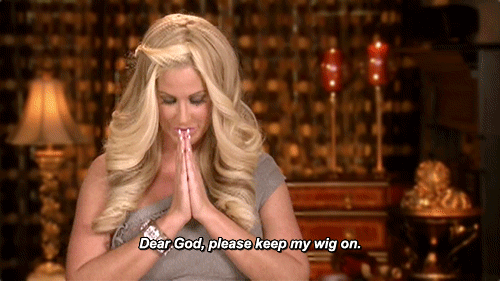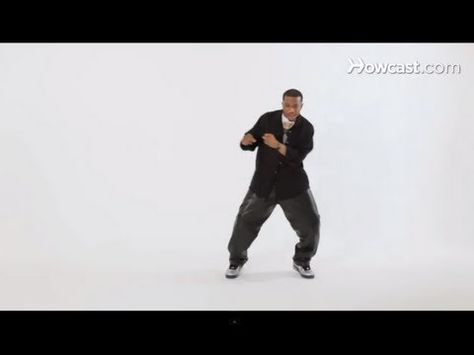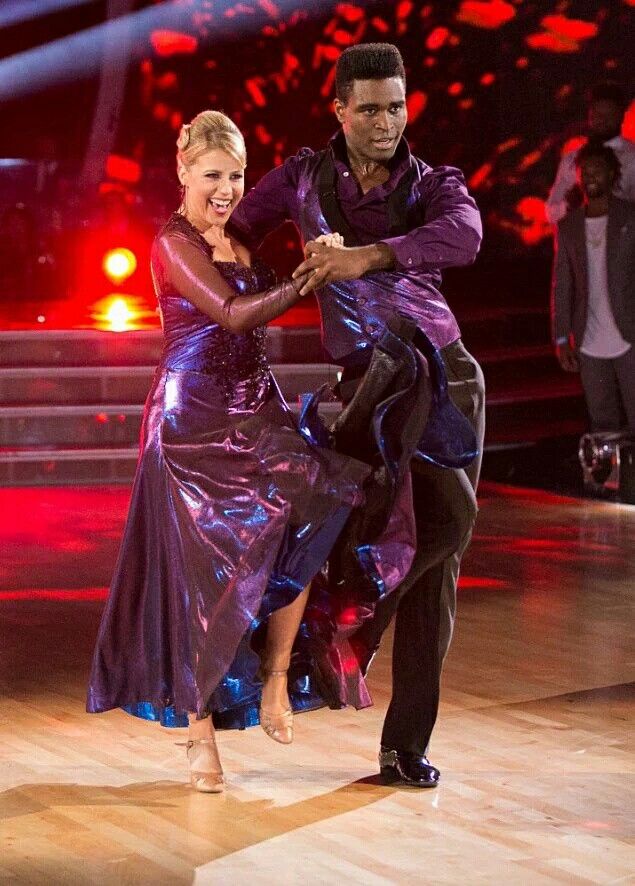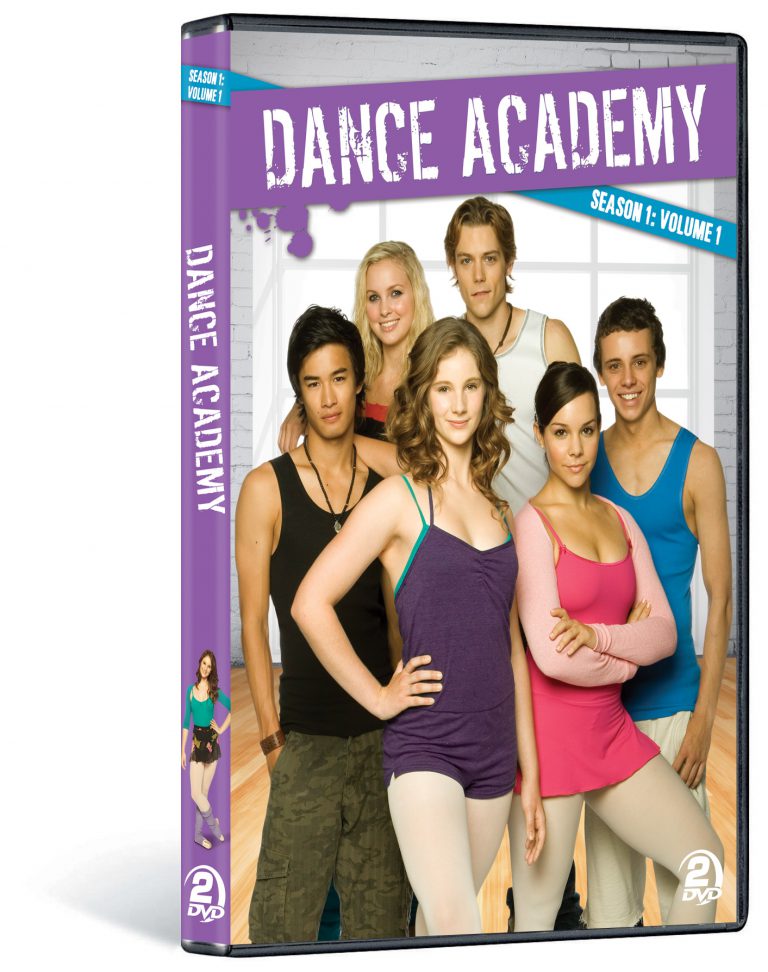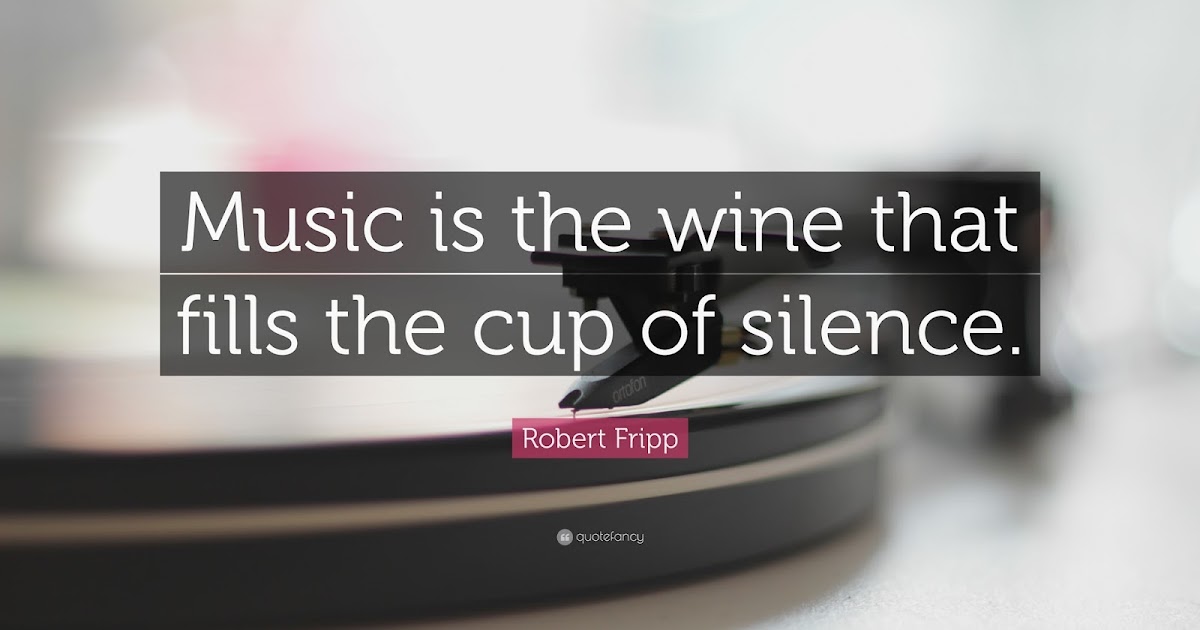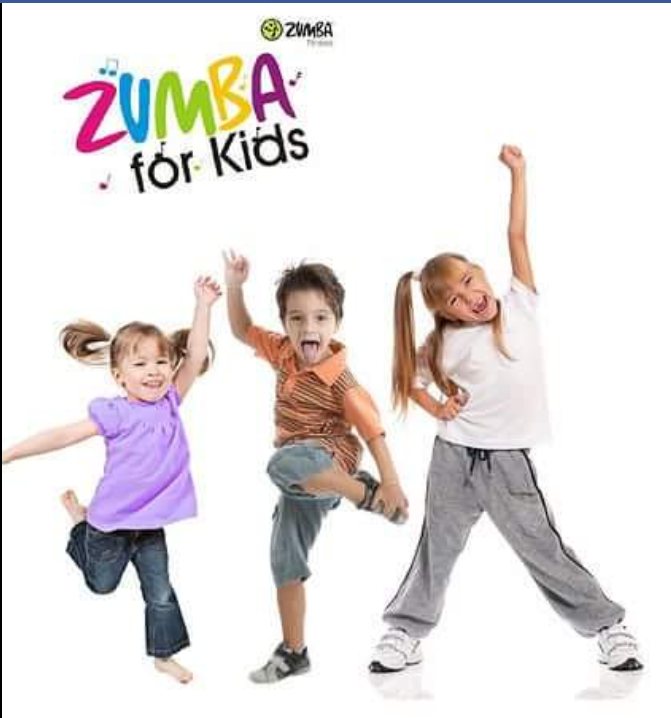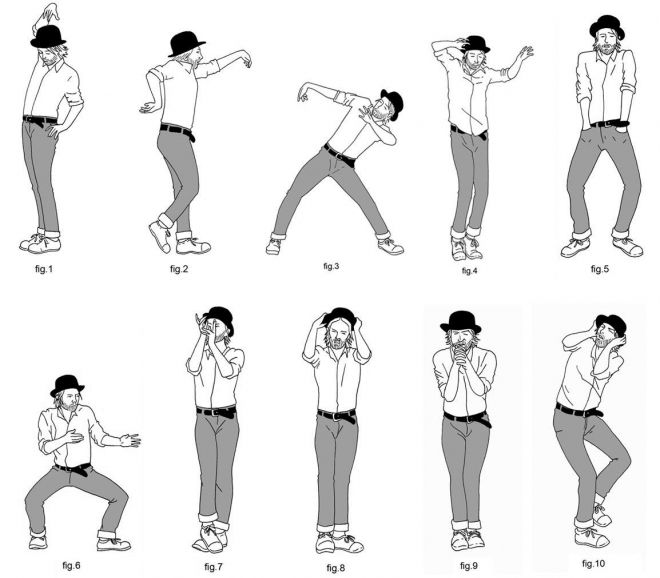How to dance rock and roll basic steps
A Guide to Rock and Roll Dancing
Rock is heavily linked to all the big names in music, like Elvis Presley for example. The King of Rock 'n' Roll quickly rose to fame in the 1950s thanks to his ground-breaking hip moves. So much so, they even earned him the nickname "Elvis the Pelvis".
His swiveling-hips and quick feet didn't just make him a star, but even changed the way people danced. A classic for a reason, rock dancing is still one of the most popular forms of dance today. Knowing how to put some basic steps together always makes an impact on the dance floor!
Are you itching to move your feet and finally learn how to dance to rock 'n' roll?
If so, here are our tips to make this happen. Whether it's solo, with your partner or as part of a dance class, why not give rock dance a go?
Or if you're looking for another rebellious dance form, check out urban dance!
The best Dance tutors available
Let's go
What Are the Different Types of Rock Dance?
Before we begin, it is important to clarify what we're talking about. Rock actually includes several types of modern dances. Firstly, there's a difference between 4-beat and 6-beat rock. However, these are not the only variants.
Even though rock 'n' roll was born in the 50s, some rock-style dances (6-beat) had existed before. An example of which is swing dancing (called the Jive in England and Lindy Hop in the United States), bebop and 6-beat swing. They were originally danced to swing music, a more lively branch of jazz music.
You can see their influence in a lot of rock dances.
Rock dancing, born out of the music genre of the same name, is actually four-beat rock. It's actually the first dance for two with a 4-beat rhythm.
Either way, rock is a fast dance that requires rhythm. Rock music, traditionally characterised by the sound of the electric guitar, has a very fast tempo.
Today, there are essentially 4 types of rock dances:
- 4-beat Rock: Also known as four on the floor or four to the floor, this style is easier to learn than 6-beat rock.
 To dance it, you essentially have to let the arms do all the work. The legwork is relatively simple. You can tap to the beat with your hands and do arcs movements with your arms between two moves. 4-beat rock can be performed to any kind of rhythmic music.
To dance it, you essentially have to let the arms do all the work. The legwork is relatively simple. You can tap to the beat with your hands and do arcs movements with your arms between two moves. 4-beat rock can be performed to any kind of rhythmic music. - 6-beat Rock: This is the classic style of rock dance that is taught in dance schools. Learning this dance, however, is less straightforward. Legwork is very important. Dance steps are made by counting 6 beats but doing 8 rests. There are plenty of steps involved in rock dancing. It's a pretty technical dance where you need to know the steps inside out so you can dance smoothly to very fast-paced music.
- Swing Rock: Swing rock is a variation of 6-beat rock. What characterises it is its energetic leg kicks. We can say that swing rock jump lies somewhere between 6-beat rock and acrobatic rock.
- Acrobatic Rock: Unlike the other, less lively, types of rock, acrobatic rock is a sport in itself, strongly linked to gymnastics.
 Dance partners perform acrobatics, holds, lifts, etc. They are required to relax their hands depending on the move.
Dance partners perform acrobatics, holds, lifts, etc. They are required to relax their hands depending on the move.
If you like to be percussive in your dancing, you might also be interested in tap dancing!
The Basics of Rock 'n' Roll Dance
To learn 6-beat rock, currently the most widely practised, you will have to master the basic steps. This is where you will start at your first rock dance lessons near me.
Get ready to be swept off your feet ! Source: Visual HuntAs mentioned before, rock is about dancing to a 6-beat rhythm, but dancers count 8 rests during these 6 beats.
To help you find the right rhythm, you should count like this in your head (one, two, three "AND" four, five "AND" six). The "AND" lets you to do the 7th and 8th rests more easily.
Another important point is that rock 'n' roll dancers dance within an imaginary line so as not to disturb the other dancers. You must, therefore, bear this in mind and practice dancing in a limited space.
Let's go back to the most fundamental step:
- During the first 2 beats, dancers simultaneously move apart while moving their left foot back. (this is the rock step),
- During the 2 following beats, they perform a chassé to the left (taking 3 rests),
- During the last two beats, they perform one chassé to the right (with also 3 rests).
Once you've got the hang of this, you're on the right track and can progress to the next step:
- Learn the more complex moves,
- Learn how to turn your dance partner,
- Replace steps with your own footwork to add your own style to the dance,
- And much, much more...
Rock requires perfect cohesion between the two partners. It is therefore essential to train as a two as regularly as possible to dance to rock 'n' roll properly. Unlike 4-beat rock where the man leads his partner, to dance 6-beat rock, both partners must know the steps and know how to move together.
Find interesting hip hop dance classes here on Superprof.
The best Dance tutors available
Let's go
What Music to Dance To?
The best dancers seem wild, untamed; flinging limbs about as though independent of their body and smiling all the while.
Behind that seemingly carefree display, there is a crafty choreography guiding every tuck, slide and roll that takes tons of time and practice to master.
Dance technique is all good and well, but one must have an innate sense of rhythm if there is to be any hope at all of becoming proficient at executing these intricate steps to the music’s fast tempo.
The best way to find one’s rhythm is by listening to music but, with all of the selections out there, which would be the best to listen to for either the 6-beat or 4-beat dances?
Songs for 6-Beat Dancing
In the Mood: as its name implies, Glen Miller’s famous tune will put you in the proper mood for dancing – its opening bars feel like a call to get on the dance floor. Do you dare to keep still while it plays?
Do you dare to keep still while it plays?
If you watch the video, you’ll note that none of the musicians can help but move; even Mr Miller himself frantically taps his foot as he plays his slide trombone.
By contrast, the dancers themselves seem rather tame but then, with the floor so crowded and their clothing so restrictive, who would chance to execute any energetic moves?
Yes, clothing plays a part in your ability to dance and the spectacle you create; we’ll talk about that a bit further on in this article.
Sing, Sing, Sing by Benny Goodman is of a similar vein; it provides a long intro prior to the whole orchestra joining in. Here again, physical restraints may be necessary to keep yourself from moving along, driven by the energy of this ditty.
Note: nice drum solos throughout the tune provides dancers ample opportunity to showcase their special moves individually before joining up again.
Moving ahead a few years, to a time when musical influences were melding and dancers were getting more inventive, more energetic and more daring with their moves.
In solidarity with them, you might find that:
- Danny and the Juniors is inviting you to dance At The Hop; their frenzied beat provides an excellent backdrop to showcase dancing talent.
- The Everly Brothers tried to Wake Up Little Susie
- Little Richard enticed us with Tutti Fruitti
- Bill Haley and his Comets challenged us to Rock Around the Clock
- They also intoned what could have been an advert for a jalopy: Shake, Rattle and Roll
As mentioned before, Elvis Presley produced a trove of music to dance to.
Jailhouse Rock never fails to cause dancing pairs to pogo their way to the dance floor, flared skirts and beribboned hair flying... for a good reason!
It’s not just the visual of The King swinging his pelvis around in time to the beat that spurs dancers on; the whole song is simply irresistible!
In fact, this song is unusual in that the lyrics determine the 6/6 beat rather than the drums so, instead of listening for each downbeat, you should focus on Elvis’ rising and falling tones while he sings to get your timing down.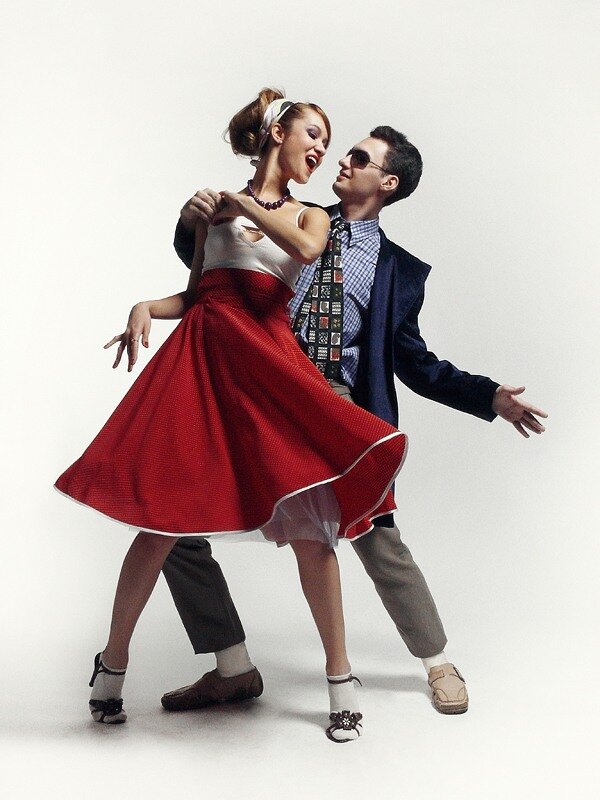
Another great Elvis song to dance to is All Shook Up. Here again, the lyrics are easier to follow than the beat... possibly because of the greater emphasis given to them than the backing music.
Hound Dog, our third Elvis pick could be a bit slower paced, depending on which version you listen to but it is still a great tune to dance to, especially if you’re just starting to learn how to dance to rock music.
Find interesting ballroom dance lessons here on Superprof.
Although the lady's shoes are not ideal, the skirt is perfect for dancing! Source: Pixabay Credit: Scott WebbTunes to Practice 4-Beat Dancing
The disco era was short-lived; some say mercifully so. Nevertheless, that brief span turned out some of the best 4-beat dance music ever recorded.
Prime among them, some might say that the very voice of the era was projected by the Brothers Gibb, better known as the BeeGees.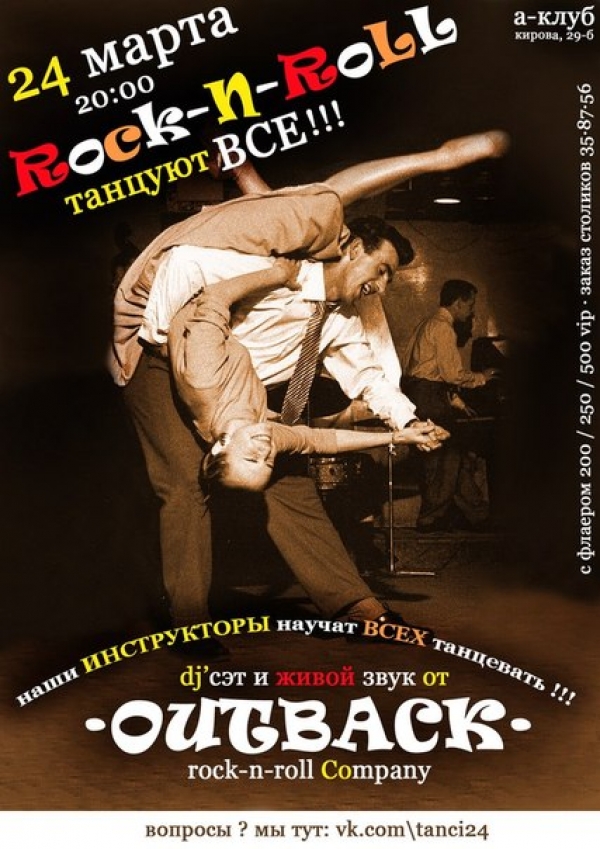
Saturday Night Fever, superficially a film about how liberating dancing can be is filled with 4/4 beat BeeGee tracks you could learn how to dance and practice your moves to.
Stayin’ Alive is a great song for more reasons than one: not only is it the anthem of the disco era but it maintains the perfect tempo and beat to perform CPR to!
Other BeeGee tunes on that soundtrack include Night Fever and Jive Talking.
That soundtrack being the backdrop to a movie about dance, the type of dance where your footwork is less important than your display – a factor essential to 4-beat dancing, you could practice your moves to just about any cut that record offers.
Interesting movie trivia: John Travolta and his dance partner rehearsed one of their dance scenes to a different song altogether but the movie producers could not afford to buy the rights from the original singer so they dubbed in a BeeGees song that had approximately the same tempo.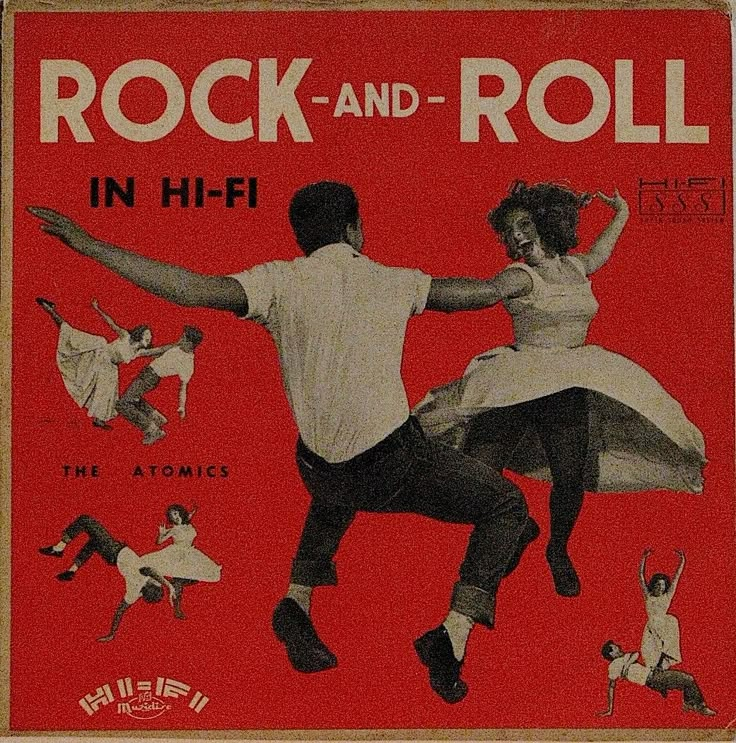
The Gibbs brothers rocketed to worldwide fame while the original song’s performer to this day remains relatively unknown outside of America.
Boz Scaggs lost potentially millions of dollars in royalties by not licensing the use of his song, Lowdown, in the film. On the other hand, you could benefit from his artistry by working your groove to his music!
One feature common to all of these songs is what is called ‘the money beat’: a dum-DUM,dum-DUM drum score that Michael Jackson was particularly adept at dancing to.
In fact, his song Billie Jean epitomises that 4/4 beat as well as the upper body movement with minimal footwork that characterises this type of rock dancing.
“But all of those songs are decades-old!”, you cry.
For more modern and massively fun – songs with a 4/4 beat to dance to, you might try Justin Timberlake’s Can’t Stop the Feeling.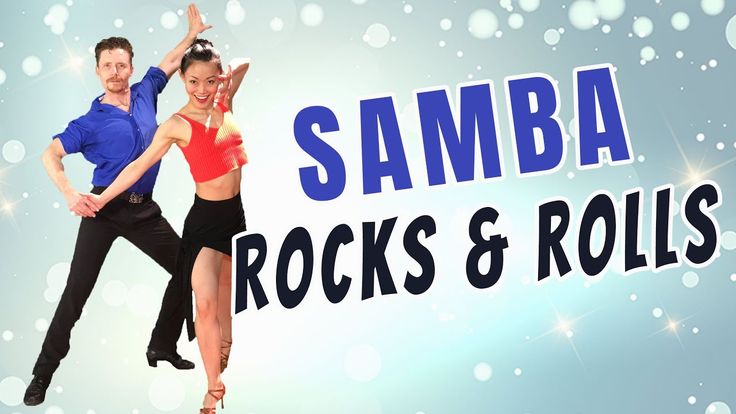
If you watch the video to Justin’s song, you will hear a drum intro that acts as a call to the dance floor. You’ll see minimal footwork and lots of upper body movement – in fact, some of the dancers’ feet aren’t even shown! Everyone dances solo until the end, when they all get together for a synchronised dance under the bridge.
By contrast, Shut Up and Dance by Walk the Moon is shown danced by a couple. Still, it embodies the same characteristics – mellow song intro, minimal footwork, lots of upper body moves and the 'money beat', albeit accelerated.
If you were ready to try moving a bit faster, this would be a great song to do it to!
Obviously, there’s lots of music out there you can learn rock dancing to; your dance teacher will most likely introduce you to more great selections!
Find interesting online dance classes here on Superprof.
Learn Rock Moves by Taking Classes
To learn to dance quickly, the best way is to enlist the help of a dance teacher. You can do an intensive rock dancing course to learn the basics or take dance classes over a long period of time. Regular practice at a specialised dance school will allow you to improve quickly. Moreover, you will avoid common pitfalls with the guidance of your dance instructor. A professional dancer will guide you in your learning, whatever your level. But where do you find a suitable class? Try searching the web for 'dance classes near me'. Or if 'dance classes near me' doesn't work for you and want to search for a particular location, then why not try 'dance classes glasgow', for example. Failing that, if you want to search for a style of dance like Rock and Roll or pole dancing classes, then give one of them a search on your computer.
You can do an intensive rock dancing course to learn the basics or take dance classes over a long period of time. Regular practice at a specialised dance school will allow you to improve quickly. Moreover, you will avoid common pitfalls with the guidance of your dance instructor. A professional dancer will guide you in your learning, whatever your level. But where do you find a suitable class? Try searching the web for 'dance classes near me'. Or if 'dance classes near me' doesn't work for you and want to search for a particular location, then why not try 'dance classes glasgow', for example. Failing that, if you want to search for a style of dance like Rock and Roll or pole dancing classes, then give one of them a search on your computer.
Having a solid foundation beforehand is essential for rock dancing and helps you advance from beginner to intermediate level quickly. Once you've mastered the basic steps and learned a few simple moves, you will be able to dance with ease and continue to progress while gradually refining your dance style.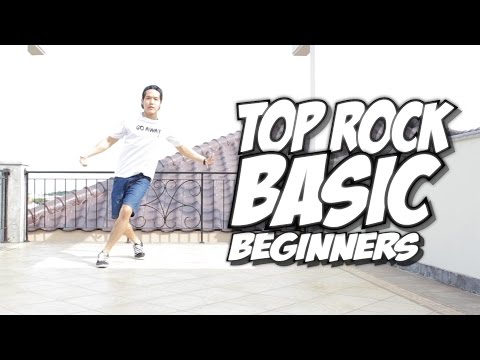
Rock 'n' roll dance has countless moves and variations. Everyone can add their personal touch to the dance.
To take rock lessons, look if there are any of the following near you:
- Dance schools,
- Dance associations that offer dance classes in ballroom or rock 'n' roll,
- Private dance teachers.
Taking rock lessons at a dance school is perfect if you want to learn and make friends at the same time.
This is a good solution if you want to take classes year round and practice dance regularly.
If you'd prefer to do a one-off dance lesson, opt for an intensive rock 'n' roll dance course or individual dance classes to prepare you for a special event such as a bachelor party or the first dance at your wedding. Make sure to ask if this kind of lesson is available.
For personalised dance training, private dance lessons are a great option to take into account. With a private teacher, you will be able to progress at your own pace and learn according to your level.
With a private teacher, you will be able to progress at your own pace and learn according to your level.
For example, with Superprof, you can find lots of profiles of dance teachers based throughout the UK.
Rates vary depending on the teacher, but also on the student. There are classes suitable for everyone's budget.
Hourly rates vary from £15 to £60. Some teachers come to your home while others give classes from their own dance studio.
What to Wear on the Dance Floor
Choreography (or the lack thereof) and rhythm are technical aspects of dancing to rock music but presentation is everything!
Thus your wardrobe choices should be dictated both by the type of dancing you do and if you’re dancing with a partner - your choice of outfit should match, not clash.
Tops
If you’re dancing to 6-beat rock, the focus is less on your upper body than on your legs and feet.
Thus, a close-fitting shirt or blouse would be suitable, possibly with flared sleeves – but they should be cuffed to prevent an accidentally missed grab of your partner’s hands or arms, or worse: getting tangled up inside excess material! This applies to gentlemen as well as ladies.
For the more informal 4-beat dances, looser fit jerseys or cotton garb would work well, perhaps also with flared sleeves to better show off your arm movements.
Below the Waist
Here again, inverses hold true: if you’re dancing 6-beat, a knee-length skirt with a bit of a flare would be in order; one that moves well and accents your hip and step movements.
For the gentlemen, close fitting (but not restricting) slacks would be the order of the day; the better to show off your intricate footwork.
For 4-beat dancing, what you wear on your bottom half is not as important. Provided it is comfortable and breathes well – so that you don’t overheat as you exert yourself, pretty much anything you choose to wear would work.
For any type of partner dancing, it is recommended to coordinate your outfits to give a visually appealing presentation!
Dancing Shoes
Whereas acrobatic dancing fairly demands a shoe whose sole will ‘grab’ the dance floor, in 6-beat dancing, you need the opposite effect.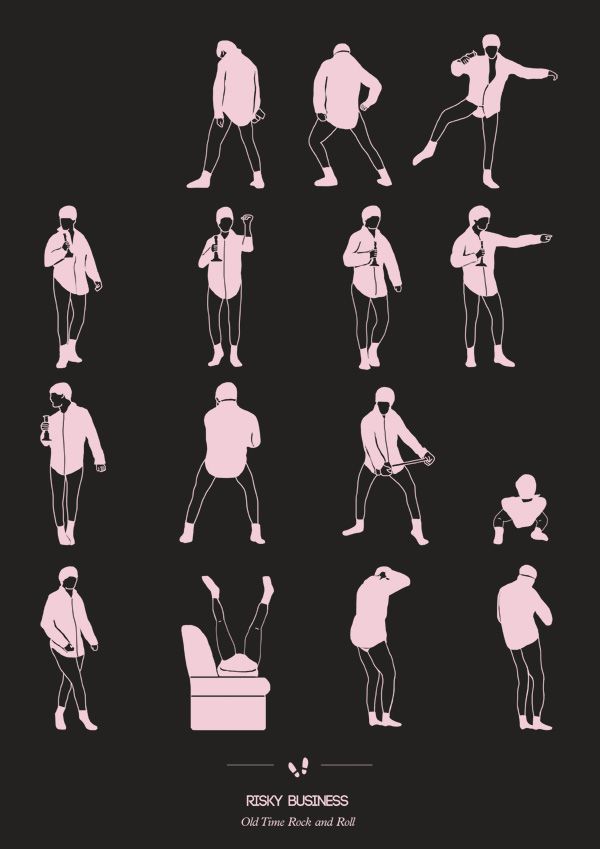
Slick-soled shoes are necessary to give the impression of gliding across the dance floor, so you should shop for a leather-soled shoe.
Ladies, you would need a low heel or even a no-heel shoe – certainly a lower heel than for ballroom dancing! The important criteria is that your shoes are sturdy enough to withstand vigorous use and will remain securely on your feet during your kicks, flips and twirls.
That is why so many women’s dance shoes have an ankle strap or one that goes over the bridge of your foot!
Selecting footwear for 4-beat dancing is, of course, easier. As there is little footwork involved in this type of dancing, male and female dancers may even wear their most comfortable trainers!
Find interesting swing dance lessons near me here on Superprof.
Be careful not to step on your partner's feet at the start. Source: Visual Hunt.Learn to Dance to Rock 'n' Roll Solo
You want to learn rock moves, but it's just you?
It is, in fact, possible to learn to dance without taking online Zumba classes.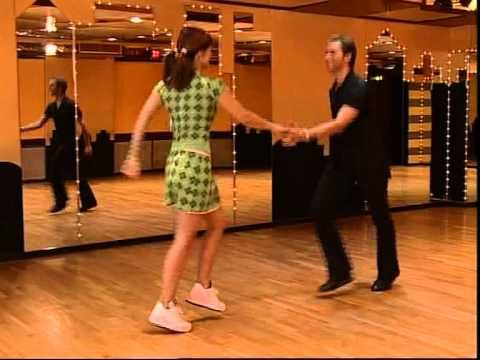 For this, you have a number of options, which can also help you in your approach:
For this, you have a number of options, which can also help you in your approach:
- Asking your friends and family: think carefully, you're bound to have know someone who can dance to rock 'n' roll well? Start by asking them if they would showing you a thing or two,
- Learning to dance at home has never been easier with online videos and websites. On the internet, it's now so easy to find step-by-step tutorials to learn rock dances. They are available for all levels: beginner, intermediate and expert. You can find free online lessons on websites such as Learn To Dance,
- Attending your local rock night: remember, to learn to dance, you have to dance. Imagine going to a dance party or nightclub and showing off your rock and roll dance moves. You will actually be able to put the steps you've learned from online videos into practice. If you have a good dance partner, you'll not only improve but you'll enjoy yourself,
- Downloading mobile apps will also allow you to practice your steps at home or away or, with Map Dance, for example, you can easily find places to go dancing wherever you may be.

To learn rock dancing, any of the above methods will be helpful. From London Salsa classes to learn the basics of ballroom dancing, the most important thing is to have fun.
Your passion for dance may potentially lead you to try a new style such as the Argentine tango, Zumba, the waltz or even hip-hop!
Or, are you now too tempted by acrobatic rock?
Find interesting dance classes for toddlers here on Superprof.
Learn Basic Swing Steps
Swing is a lively, non-progressive partner dance that can be danced to a wide variety of music, from blues to rock & roll. Non-progressive means it's mostly performed in one spot, so it's very convenient on a crowded dance floor.
- Basic steps
- Instructions & Diagrams
- Video
- Recommended Video Lessons »
Quick intro
Swing is one of the most versatile partner dances you can learn - very social and beginner friendly.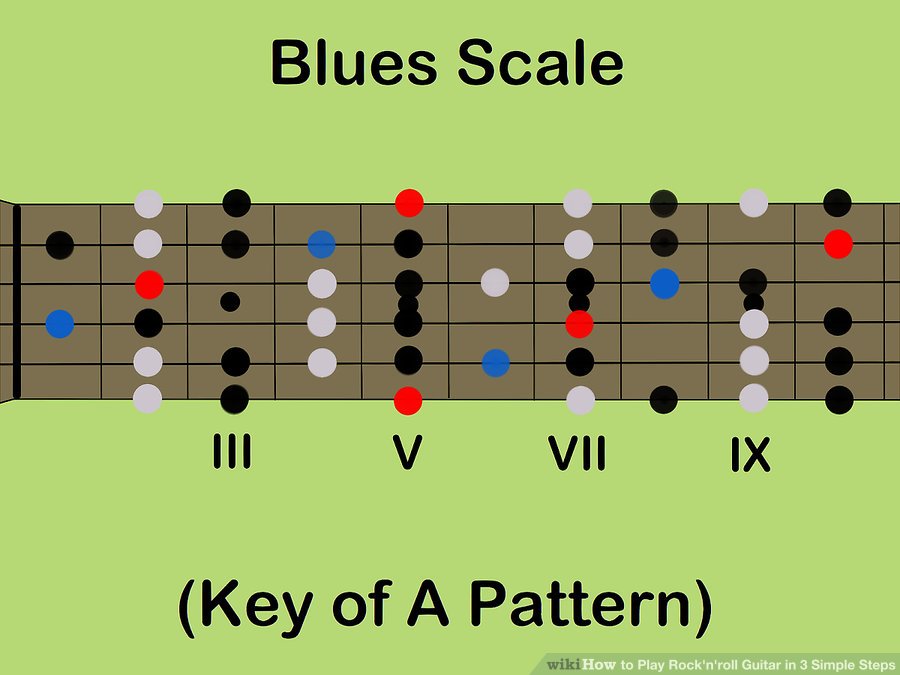 Easily adaptable to a wide range of tempos, it involves movements with lots of swinging, spinning and rhythmic, creative footwork.
Easily adaptable to a wide range of tempos, it involves movements with lots of swinging, spinning and rhythmic, creative footwork.
There are many different styles of swing, the term actually refers to a group of dances that developed from the swing style of jazz music in the first half of the last century. There's Lindy Hop, Boogie-Woogie, Jitterbug, Shag, Charleston, West Coast and East Coast Swing, just to name a few. Each of these dances has its own distinct flavor.
One of the most popular and very suitable for beginners is the East Coast Swing. It's a bit more social and relaxed than other versions. It's also a formal ballroom dance and the easiest to learn. Perfect for beginners, which is why we'll focus on this version here. It will create a good foundation and is the base for other more complex versions.
East Coast Swing can be danced to a variety of music styles. If it's written in 4/4 time and has a tempo between 135-170 beats per minute, you can swing it.
To dance swing you'll need a partner, a sense of humor, and a bit of endurance. It may seem a bit intimidating at first, especially if you're watching those who really mastered it. But as with all things, you have to start with the basics. And the basics are easy. Once you learn the fundamentals, you'll be swinging in no time. Always remember, wear comfortable shoes. Now let's go swinging.
Basic steps (East Coast Swing)
Beginners usually start with East Coast Swing, because it is the easiest of all swing styles. Here we will show you the basic 6 count step for East Coast Swing.
East Coast Swing has a basic count of 1&2, 3&4, 5,6. It's known as a triple step swing. The basic pattern is triple step, triple step, and a rock step.
When you're starting out you can replace the triple step with a single step. In that case the pattern would be step, step, rock step or rock step, step, step, depending on how you start counting.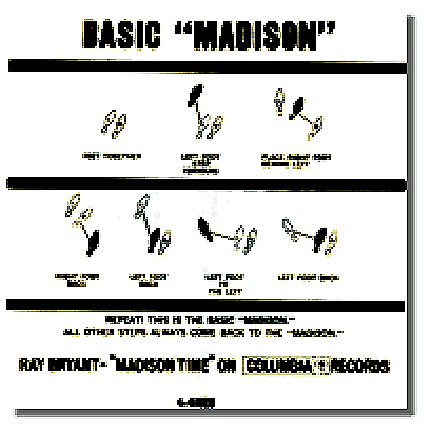 The overall progression is, of course, the same.
The overall progression is, of course, the same.
The triple step is really not that difficult to master, it is performed in a chasse-like manner - side step, together, side step.
Instructions & Diagrams:
Basic Steps For Men: The man starts with his left foot.
- 1&2: Triple step (chasse) to the left (left-right-left)
- 3&4: Triple step to the right (right-left-right)
- 5: Step backward with your left foot
- 6: Weight shifts to your right foot
Basic Steps For Women: The woman starts with her right foot.
- 1&2: Triple step (chasse) to the right (right-left-right)
- 3&4: Triple step to the left (left-right-left)
- 5: Step backward with your right foot
- 6: Weight shifts to your left foot
Remember, keep the steps small.
Video
Leon and Kim will show you the basic steps, how to turn, and more:
more videos »
Now let's have some more fun, let's do some kicking:
Where to go next?
When you're ready for more fun, check out our recommended video lessons. Video is a great way to learn dancing.
Features of acrobatic rock and roll for children
Of all the variety of existing dances, it is difficult to imagine a more energetic and more exciting dance than acrobatic rock and roll.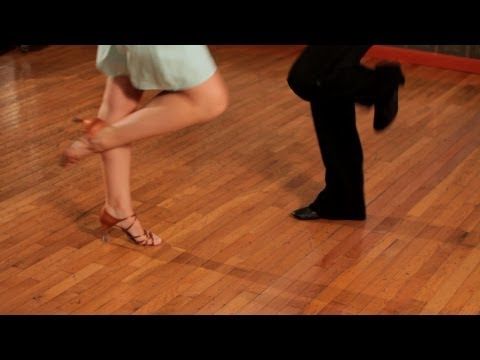 The abundance of complex movements and tricks, jumps, flips, tosses, characteristic leg swings - all these elements are simply breathtaking!
The abundance of complex movements and tricks, jumps, flips, tosses, characteristic leg swings - all these elements are simply breathtaking!
Just like any other type of dance, acrobatic rock and roll can be practiced from childhood. It takes years to hone the perfect performance of complex tricks, so it is better to engage in this direction from a very young age.
As a separate dance direction, sports acrobatic rock and roll was formed in the USA almost a century ago and owes its roots to jazz music and swing and lindy hop dances. Unlike Lindy Hop, which is mostly built on improvisations, acrobatic rock and roll is a dance, competitive sport with a clear setting, where all elements are strictly regulated. The dance itself lasts about a minute and a half and is always performed to fast, rhythmic music. Difficulty varies depending on the age and professional group and is divided into classes. So the simplest - A class involves only dancing with legs with simple semi-acrobatic elements. The most difficult class - M - is already a serious acrobatics, including somersaults, pirouettes and other spectacular tricks. This dance is paired and very responsible. Each of the dancers should be as focused and concentrated as possible, because due to inattention and improper performance of any of the elements of the composition, bruises, sprains and other unpleasant injuries can occur. In addition to pairs, there are also group performances - formation.
The most difficult class - M - is already a serious acrobatics, including somersaults, pirouettes and other spectacular tricks. This dance is paired and very responsible. Each of the dancers should be as focused and concentrated as possible, because due to inattention and improper performance of any of the elements of the composition, bruises, sprains and other unpleasant injuries can occur. In addition to pairs, there are also group performances - formation.
Acrobatic rock and roll is a very dynamic and energetic sports dance. In the classroom, children strengthen the body and muscle tone, develop an even, beautiful posture, form an excellent stretch and comprehensively strengthen and develop their body. In addition to the physical, the mental benefits are also enormous.
Sports rock'n'roll for children has a fairly long training program. Learning tricks and special moves does not start with the first lesson, the learning process takes place gradually.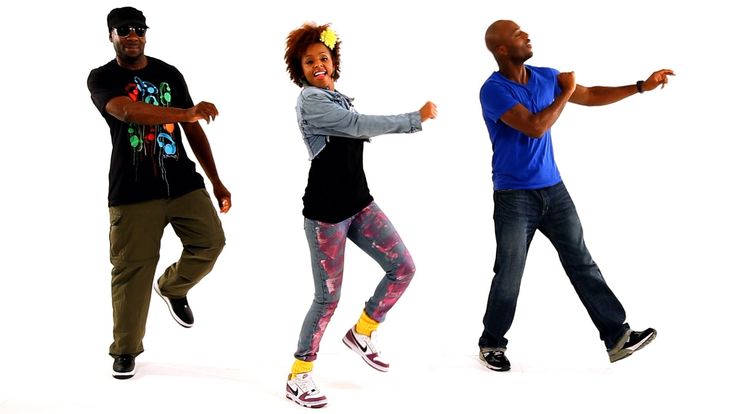 The initial training is quite far from complex movements and acrobatic numbers and is available to the smallest children, aged 5-6 years.
The initial training is quite far from complex movements and acrobatic numbers and is available to the smallest children, aged 5-6 years.
From a young age, elements of semi-acrobatics are added to classes, and then acrobatics. The performance of acrobatic rock and roll is associated with physical activity, so the training includes exercises aimed at strengthening and developing the abs, back muscles, legs and shoulder girdle to ensure beautiful and spectacular performances.
At first, the lessons are preparatory in nature and are aimed at teaching children the basics of dance and harmoniously developing their bodies. At the first trainings, children learn to feel the music and move in accordance with it, play mobile dance games that help to master the movements that will come in handy later. In the process of these lessons, the health and immunity of the baby is strengthened, the body develops harmoniously and a beautiful posture is formed. At the second stage of training, classes become more complicated and, with the help of certain exercises for the development of physical fitness, they begin to develop the dexterity, flexibility and plasticity of the child.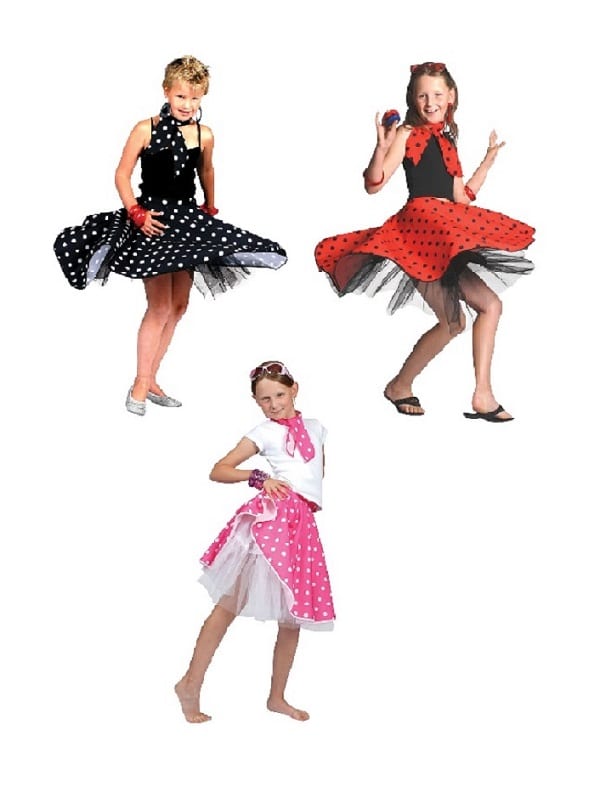 At the same time, much attention is paid to the coordination of movements with the help of exercises aimed at developing motor training. Children learn to master the dance direction, combine individual elements and movements together, learn to move in rhythm with the music. And already at the next stage of preparation, steps in a variety of variations, semi-acrobatic and acrobatic tricks, combinations of acrobatics and dance movements begin to be studied.
At the same time, much attention is paid to the coordination of movements with the help of exercises aimed at developing motor training. Children learn to master the dance direction, combine individual elements and movements together, learn to move in rhythm with the music. And already at the next stage of preparation, steps in a variety of variations, semi-acrobatic and acrobatic tricks, combinations of acrobatics and dance movements begin to be studied.
Acrobatic rock and roll is a very dynamic and energetic sports dance. In the classroom, children strengthen the body and muscle tone, develop an even, beautiful posture, form an excellent stretch and comprehensively strengthen and develop their body. In addition to the physical, the mental benefits are also enormous. By acquiring skills and achieving the goals and intended results, children increase self-esteem, are constantly in a good, high spirits. Pair dances help learn how to properly communicate with children of the opposite sex, and group classes develop communication skills. In addition, such lessons develop responsibility, teach self-organization and discipline. This is a great opportunity to direct the excessive energy of the child in the right direction. On any dance floor, children begin to feel confident and relaxed, they can reveal and express themselves.
In addition, such lessons develop responsibility, teach self-organization and discipline. This is a great opportunity to direct the excessive energy of the child in the right direction. On any dance floor, children begin to feel confident and relaxed, they can reveal and express themselves.
Acrobatic rock'n'roll is not only a great hobby, it can later turn into a professional activity with due perseverance and diligence. Learning to dance mastery opens the door to many dance competitions, tournaments and competitions. Also, the acquired skills can become the basis for learning other dance styles or sports, and a child will have a huge contribution to health promotion and character formation for life!
Comfortable conditions
Your choice - in favor of our dance and sports school!
We have 3 modern dance halls, separate locker rooms, waiting area
Free classes
Free trial class for EACH direction. 100% Your right choice!
Many styles
We offer various popular destinations for the whole family
Performances
You are waiting for - reporting lessons, concerts, competitions and other events
Caring trainers
Classes are conducted by professionals in their field.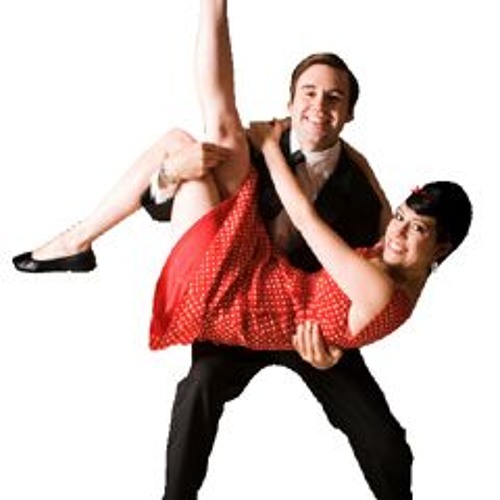 You are in good hands!
You are in good hands!
Achievements of students
Our students are winners and prize-winners of competitions at various levels
Free trial lesson in each direction - choose your style!
Sign up
Get a consultation
n-roll - dance, movements in rock and roll, history, style
The literal translation of the name of this reckless dance very clearly reflects its essence. "Swing and spin." This dance of people who love life and are ready to prove it.
History of origin
April 12 is considered to be the birthday of rock and roll. On this day in 1954, a film was shown in American cinemas in which a couple danced incendiary to the tune of "Rock around the clock." The dance was liked by the audience and spread throughout the United States with tremendous speed. And then fell in love with Europe.
The emergence of dance is inextricably linked with the genre of music. Newfangled motives at first led the listeners into a slight confusion. The author of the dance, Bill Haley, mixed country and rhythm and blues, slightly accelerated the pace and came up with rhythmic movements. This is how rock and roll was invented. Soon, the "designer" added another detail - swing.
The author of the dance, Bill Haley, mixed country and rhythm and blues, slightly accelerated the pace and came up with rhythmic movements. This is how rock and roll was invented. Soon, the "designer" added another detail - swing.
Well, the task of spreading the new direction fell on the shoulders of the truck driver Elvis. And Presley did it at the highest level, earning the title of "King of Rock and Roll."
Main types and features
Rock and roll immediately became crazy popular. Competitions began in the 1960s. Everyone wanted to surprise the jury, so they added complex tricks to the production.
At the dawn of the 70s, Swiss choreographer René Sagarra gave dance a second birthday. He was so inspired that he invented a new style - sporty. The essence of the dance has not changed, but all dance steps were subordinated to dance science. The choreographers of the world liked this variant, and since that day rock and roll has been the official sports dance.
It's hard to say whether it's art or sport - acrobatics and all sorts of dance moves are so tightly intertwined.
There are three categories in which participants compete:
Championships and competitions are held in the first two categories on a European and world scale. And the World Federation of Acrobatic Rock and Roll covers 40 national ones.
Similar dance styles
A simplified, disco form of rock and roll is a variation of jive. Acrobatics in productions is simplified to a minimum, and the dance itself can be performed on a small area of the parquet, or even without leaving the spot.
The dance includes three main parts: the main move, spinning and twisting. The first element is similar to jive, and it will not be difficult to learn it. But the rest are quite complex, and only experienced dancers can perform them beautifully.
- You need to dance rock-n-roll fast or very fast, and its time signature is 4/4.
- "Swing and spin" can be done in pairs and groups.


